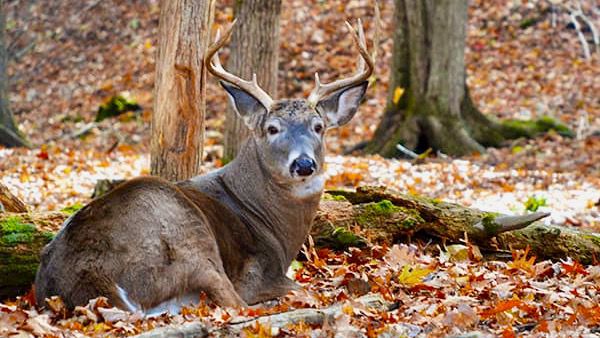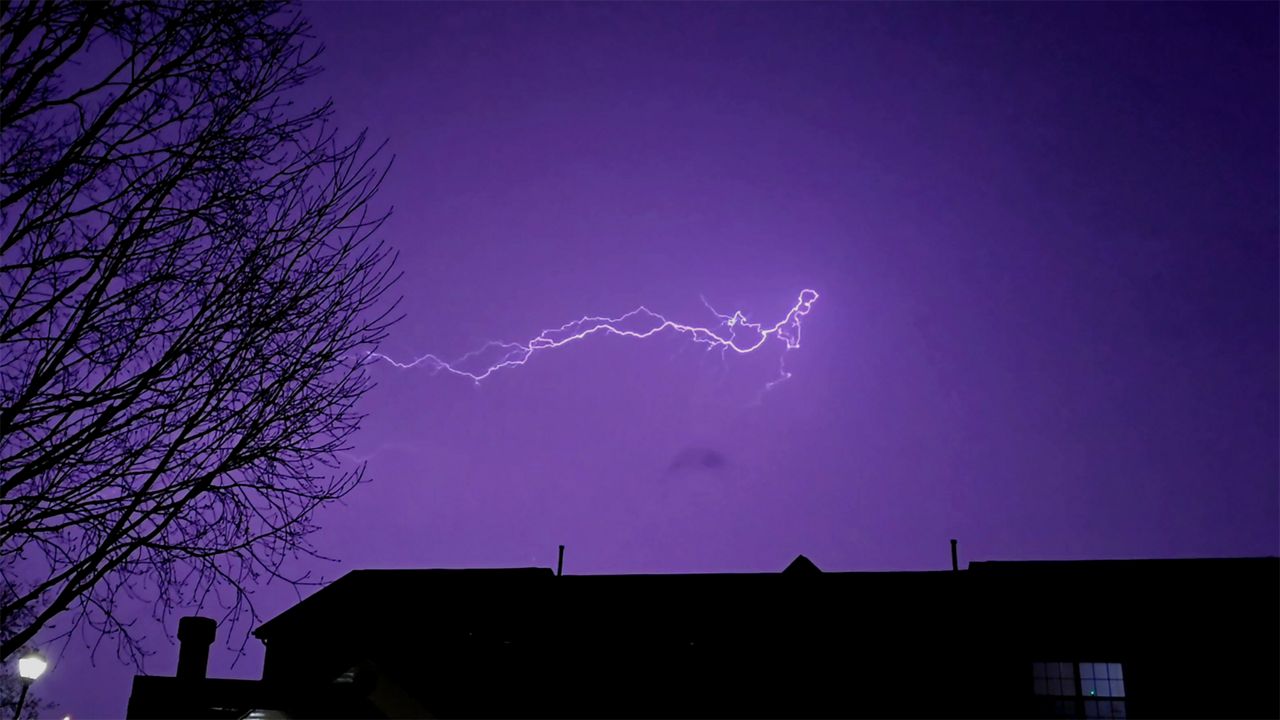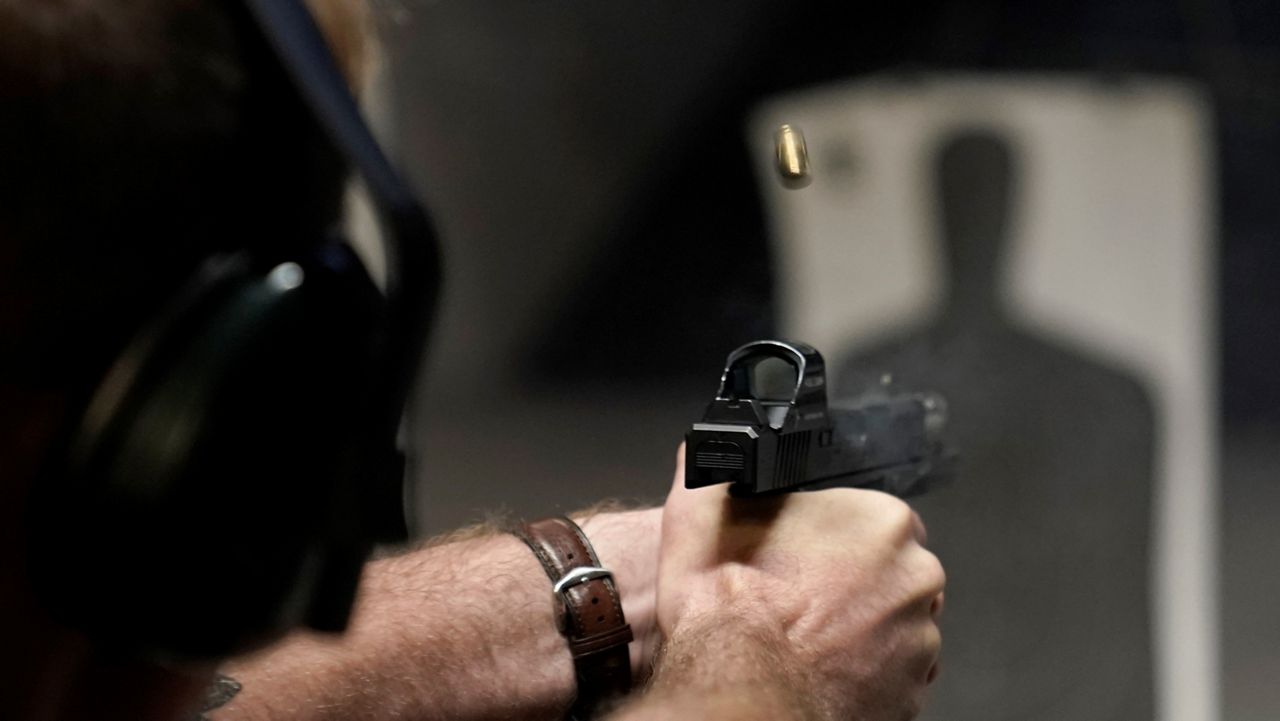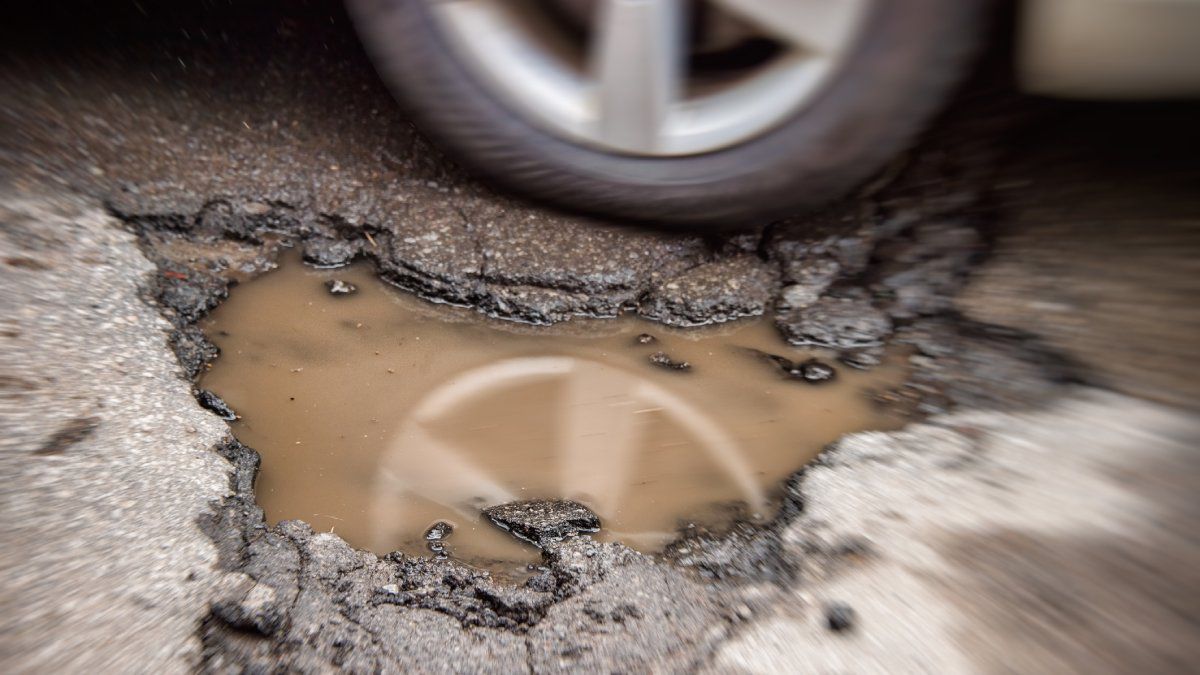CLEVELAND — Ohio motorists are being warned to watch for deer on roadways as collisions generally rise in October, November and December, officials said.
The Ohio State Highway Patrol, AAA and Ohio Department of Natural Resources issued a joint statement saying that there have been 28 human fatalities involving collisions with deer since 2016. The organizations said half of those crashes have come during the months of October, November and December.
The counties with the most crashes are Stark, Richland, Lorain, Trumbull and Hancock, according to the organizations. I-71, U.S. 30 and I-80 are among the most dangerous for deer collisions, according to the officials.
Officials noted that when one deer is sighted, others likely are not far behind.
“As motorists have likely noticed, deer are very visible and active in the fall,” ODNR Wildlife Chief Kendra Wecker said. “If you see one deer, be on the lookout for others nearby. Deer rarely run alone.”
Deer collisions can often be avoided by staying alert.
“Always avoid distractions and keep your full focus on the roadway,” said Colonel Richard Fambro of the Ohio State Highway Patrol. “If you see a deer slow down, but do not swerve. If you strike a deer, move to a safe place if you are able, turn on your hazard lights, and report the crash.”
Officials from the state and AAA offered the following advice for avoiding deer collisions:
- Scan the road ahead: Looking ahead helps provide enough reaction time if an animal is spotted. Also, remember some animals, like deer, move in groups, so when there is one, there are usually more in the area.
- Use high beam headlights if there is no oncoming traffic: This can help you spot deer or other wildlife more quickly and give you time to slow down, move over or honk the horn to scare the animal away. High beams also help in spotting animals’ reflective eyes.
- Be extra cautious at dawn and dusk: Deer tend to be more active in the early morning and at dusk. That’s why these are peak times for deer-vehicle collisions.
- If a collision is unavoidable, apply the brakes firmly and remain in your lane: Swerving to avoid an animal can often cause a more serious crash or cause you to lose control of your vehicle. Drivers who swerve to miss a deer and hit something else may be charged for an at-fault crash.
- Always wear a seatbelt and remain awake, alert, and sober: The chances of getting injured when hitting an animal are much higher if you don’t have your seatbelt on. If you’re distracted or drowsy, you’re not properly scanning the road for deer and could end up spotting them too late.









